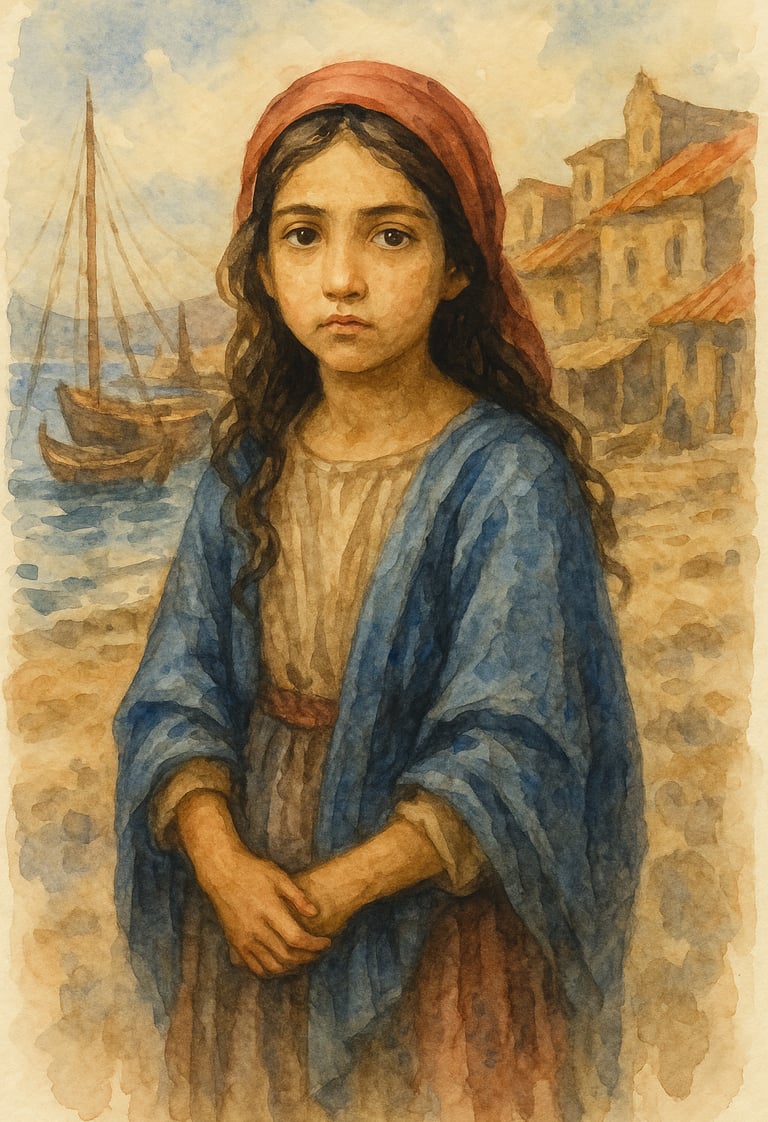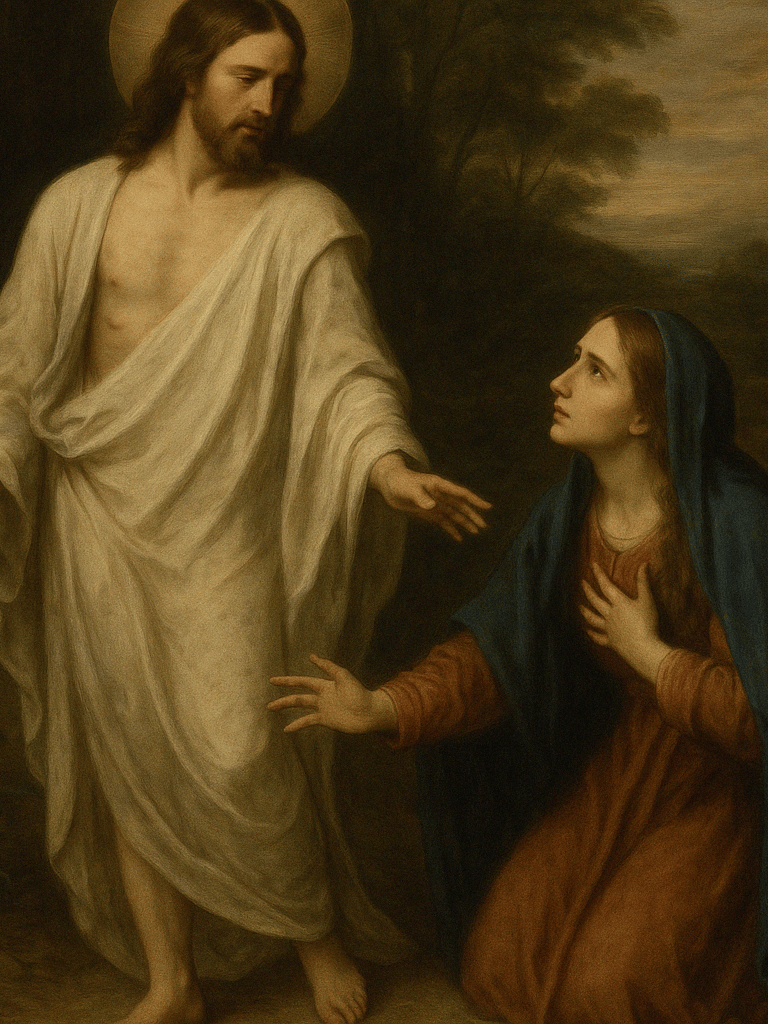St. Mary Magdalene
Apostle to the Apostles
Halo & Light Studios
7/21/20253 min read


Click Link for a reel of Daily Dose of Saints and Faithful Art:
https://youtube.com/shorts/hW4NG45vk8U
St. Mary Magdalene stands as one of the most honored women in all of Scripture—a figure of profound transformation, courage, and apostolic mission. A native of Magdala, a fishing town on the western shore of the Sea of Galilee, Mary is first introduced in the Gospel of Luke as a woman whom Jesus delivered from seven demons (Luke 8:2). That moment of liberation marked the beginning of a new life. Freed by Christ, she followed Him with unwavering devotion, becoming one of His closest disciples and a key witness to His Passion and Resurrection.
Contrary to popular belief, Mary Magdalene is not the same as the unnamed sinful woman who anointed Jesus' feet in Luke 7, nor is she Mary of Bethany, the sister of Martha and Lazarus. For centuries, beginning in the sixth century with a homily by Pope St. Gregory the Great, these three figures were mistakenly merged in the Western tradition. However, the Catholic Church today affirms what Eastern Christianity has always maintained: that Mary Magdalene was a distinct and faithful follower of Christ, remembered not for scandal but for sanctity.
She appears prominently in all four Gospels as one of the women who supported Jesus’ ministry out of her own means (Luke 8:3), stood beneath the Cross during the Crucifixion (John 19:25), and observed His burial (Matthew 27:61). Most significantly, it was Mary Magdalene who came to the tomb early on Easter morning to anoint the body of Jesus—and found the stone rolled away. In a moment of divine encounter, she became the first to see the Risen Christ, who called her by name and commissioned her to announce the Resurrection to the Apostles (John 20:11–18). For this, she is rightly called the “Apostle to the Apostles”—apostola apostolorum.
Mary Magdalene’s legacy has endured across the centuries. She is the patron saint of penitents, converts, contemplatives, and women. Her feast day, celebrated on July 22, was elevated to a feast by Pope Francis in 2016, restoring her rightful dignity in the liturgical calendar. Traditions in Southern France even hold that she traveled to Provence after the Ascension and lived her final years as a contemplative hermit in the caves of Sainte-Baume. Her relics are enshrined at the Basilica of Saint-Maximin-la-Sainte-Baume, a site of pilgrimage since the Middle Ages.
In sacred art, she is often depicted with a jar of ointment, symbolizing the spices she brought to the tomb, and long flowing hair—an emblem of repentance and deep femininity. Sometimes she holds a crucifix, a skull, or a book, representing prayer, penance, and knowledge of Christ. But more than any symbol, her life proclaims the central truth of the Gospel: that no one is beyond the reach of divine mercy, and those who seek Christ with tears will find Him risen, even when He is disguised as a gardener.
“Mary Magdalene tried to hold on to our Lord; she wanted Him for herself. His appearance was not as she had wished it to be, which is why she looked at Him without recognizing Him. She wanted to see Him arrayed in glory, not in the common clothes of a gardener.
Yet in the end, she knew that it was He when He said to her, ‘Mary’ (John 20:14–16). You see, it is our Lord garbed as a gardener whom we meet day by day, here and there, in the ordinary mortifications that present themselves to us. We want more noble-seeming ones. But the ones that seem the most noble are not the best.
Before we see Him in His glory, He wants to plant many humble flowers in our garden, according to His plan. This is why He is dressed the way He is. Our task is to let our hearts be ever united to His, and our wills to His pleasure.” - St. Francis de Sales


